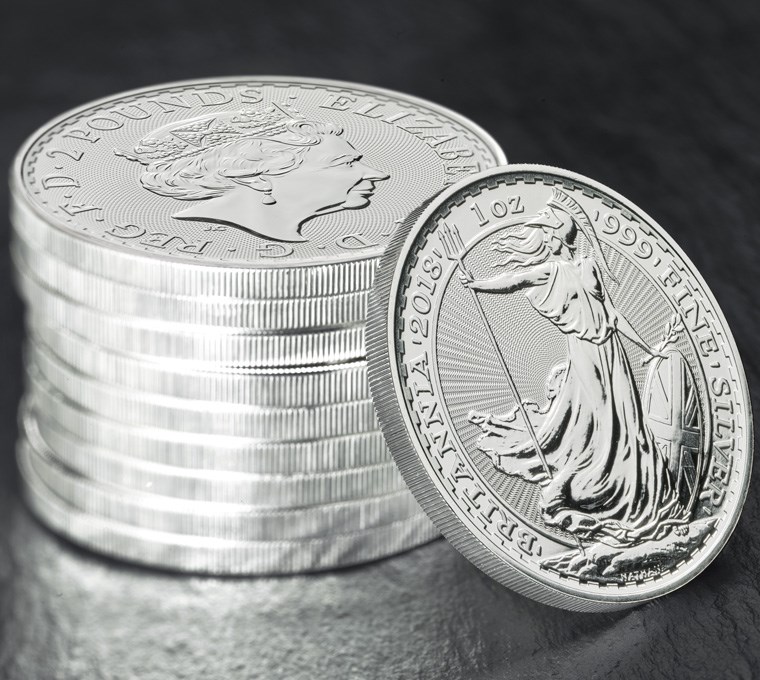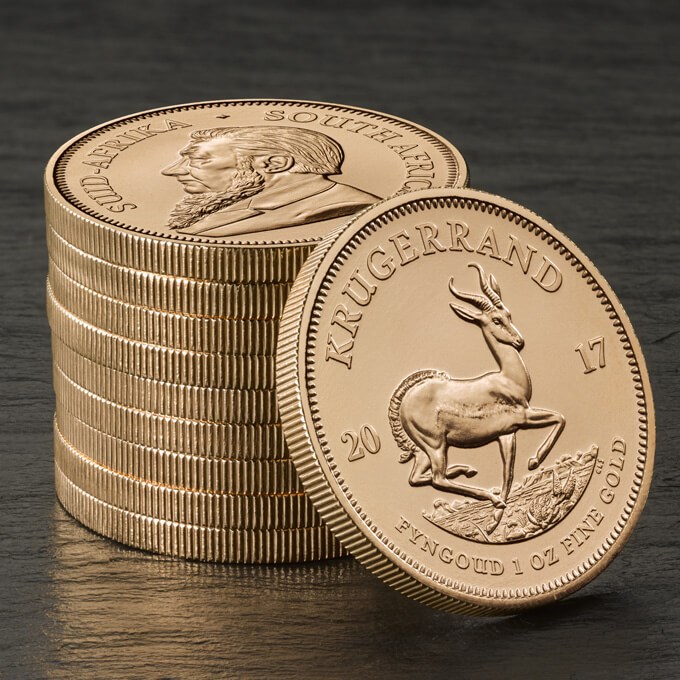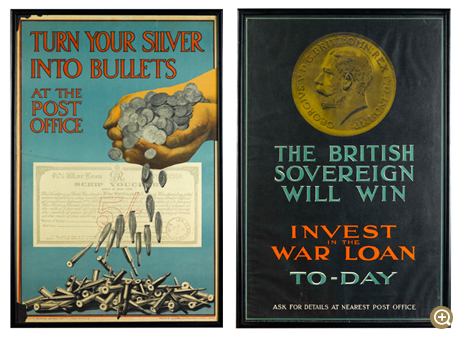Selling Gold
Selling old and unwanted or broken gold jewellery can be a quick and convenient way to make some extra cash.
We buy scrap gold, silver and platinum and check prices daily to make sure you get an accurate rate.
Find out how much your gold items are worth before deciding who to sell them to. Looking at the hallmarks and weighing your jewellery will help you to assess how much your items might be worth, based on current gold prices.
You can also get a valuation from us and we will give you a firm idea of what your gold is worth. Don’t forget to consider the value of the whole item, including gemstones, rather than just the gold.
The rules of supply and demand dictate that if more people want to invest in a commodity, its price will increase, and gold tends to be in more demand when the economy is looking rocky.
So, it’s worth considering the state of the economy as a whole when selling gold. If you think there are harder times on the horizon, it might be worth holding out for gold prices to rise.






